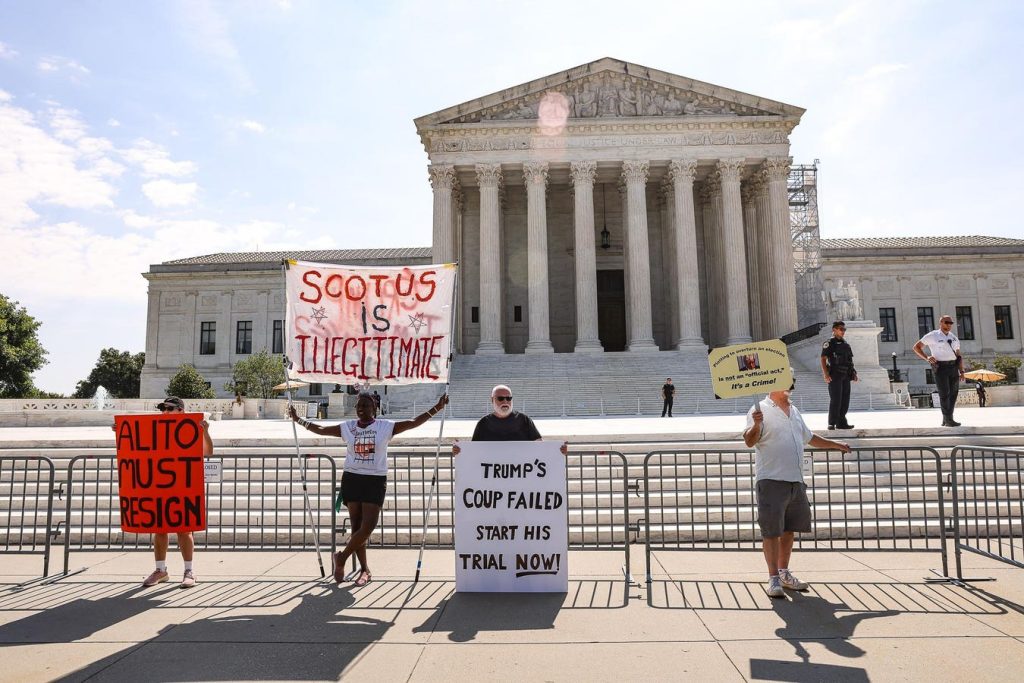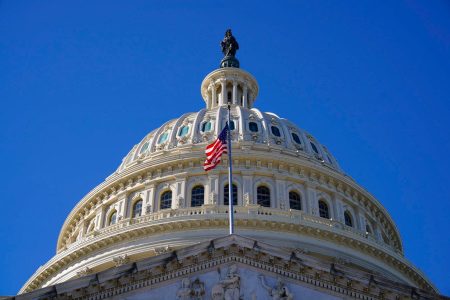The Supreme Court decision on Loper Bright Enterprises et al. v. Raimondo, Secretary of Commerce, et al. — more popularly known as the reversal of the Chevron doctrine — is a disaster of scope that is difficult to describe because of its width and depth. It will affect everyone and everything, including consumers, corporations, the environment, and the rule of law.
The Chevron doctrine was the outcome of Chevron U. S. A. Inc. v. Natural Resources Defense Council, Inc., argued in 1984. In cases of ambiguity in a statute, the “power of an administrative agency to administer a congressionally created . . . program necessarily requires the formulation of policy and the making of rules to fill any gap left, implicitly or explicitly, by Congress,” as Justice John Paul Stevens wrote for the majority.
In this new decision Chief Justice John Roberts wrote for the majority, “Perhaps most fundamentally, Chevron’s presumption is misguided because agencies have no special competence in resolving statutory ambiguities. Courts do.” This line of decision creates at least five problems.
1. Courts are experts in law, not other topics
First, let’s recognize that in many cases of legislation touching on technical aspects of regulation, even Congress may have insufficient expertise to address what terms mean within a given discipline or industry. Aides in a lawmaker’s office might have done research but that doesn’t guarantee understanding. Even something simple can confuse. In the Fair Labor Standards Act, an employer is a person or legal entity that employs workers. Employees are people who work for employers. Since the 1930s, this has left independent contractors undefined.
Allowing an administrative arm of government to define or redefine congressional language — as the Biden administration’s Department of Labor has tried to do after Trump’s DOL did — can cause problems. Politics can enter from whoever is in charge at the moment. Each new winner in a presidential contest can try to mold things in their image. The swings back and forth can confuse and disrupt.
Have courts address primarily technical, not legal issues, and the door is open to wildly uninformed opinions and decisions.
2. The number of courts is so vast that there are many opportunities for conflict
With administrative agencies, there is at least national consistency from people who, for better or worse, frequently have some expertise. There are 94 federal judicial districts and a dozen circuit courts of appeals. The Supreme Court is asked to hear 7,000 cases annually, of which it selects between 100 and 150.
Bury Chevon and the number of opportunities for legal challenge explodes. Districts could decide topics differently, creating different standards. Companies or individuals in one part of the country could have an advantage over competitors or others elsewhere. This becomes patently unfair.
3. Time to resolve differences explodes
With potentially thousands of cases a year, given the vast range of rules created by regulatory bodies, there will be massive opportunities for conflicts. Those that revolve around definitions and interpretations, previously governed by the Chevron doctrine, are now open game to be tossed. There will likely be a steady march of legal filings challenging the existence of previous decisions. Each will need adjudication and there aren’t sufficient resources in the legal system to do so. Going back to district court, then maybe an appeal with a final attempt to reach the Supreme Court will take years to untangle.
4. Uncertainty rules
Companies often dislike regulation. However, what they dislike far more is uncertainty. Maybe one company or individual will get a benefit, but how many more will be waiting, not sure what to do. This can make strategic planning and risk management next to impossible. The costs in legal fees, paralysis, and delay will amass.
5. Consumers ultimately pay the price
As companies wade through a swamp of uncertainty, they will likely pass most of all of the costs directly or indirectly to consumers.
The current Supreme Court has made clear that it wants to reform large parts of long-settled law, tossing precedents and upending the lives and businesses of many. At this point, there seems little even the legislative and executive branches working as a united front could do.
Read the full article here
















